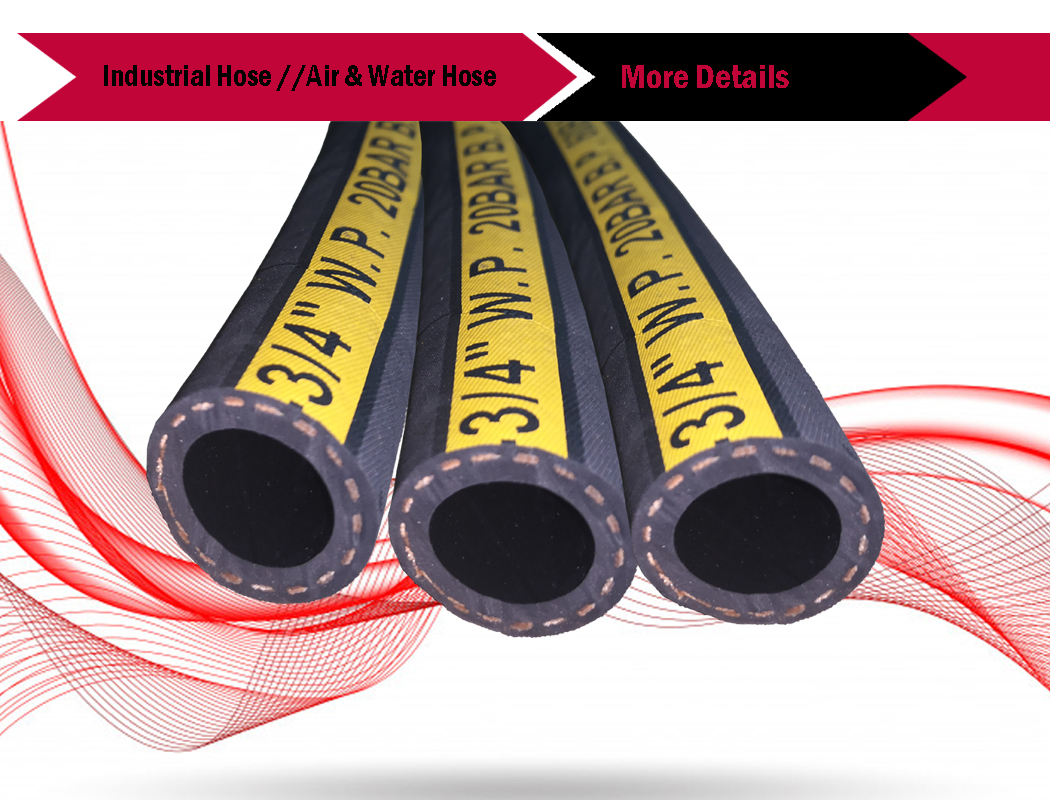 Afrikaans
Afrikaans  Albanian
Albanian  Amharic
Amharic  Arabic
Arabic  Armenian
Armenian  Azerbaijani
Azerbaijani  Basque
Basque  Belarusian
Belarusian  Bengali
Bengali  Bosnian
Bosnian  Bulgarian
Bulgarian  Catalan
Catalan  Cebuano
Cebuano  Corsican
Corsican  Croatian
Croatian  Czech
Czech  Danish
Danish  Dutch
Dutch  English
English  Esperanto
Esperanto  Estonian
Estonian  Finnish
Finnish  French
French  Frisian
Frisian  Galician
Galician  Georgian
Georgian  German
German  Greek
Greek  Gujarati
Gujarati  Haitian Creole
Haitian Creole  hausa
hausa  hawaiian
hawaiian  Hebrew
Hebrew  Hindi
Hindi  Miao
Miao  Hungarian
Hungarian  Icelandic
Icelandic  igbo
igbo  Indonesian
Indonesian  irish
irish  Italian
Italian  Japanese
Japanese  Javanese
Javanese  Kannada
Kannada  kazakh
kazakh  Khmer
Khmer  Rwandese
Rwandese  Korean
Korean  Kurdish
Kurdish  Kyrgyz
Kyrgyz  Lao
Lao  Latin
Latin  Latvian
Latvian  Lithuanian
Lithuanian  Luxembourgish
Luxembourgish  Macedonian
Macedonian  Malgashi
Malgashi  Malay
Malay  Malayalam
Malayalam  Maltese
Maltese  Maori
Maori  Marathi
Marathi  Mongolian
Mongolian  Myanmar
Myanmar  Nepali
Nepali  Norwegian
Norwegian  Norwegian
Norwegian  Occitan
Occitan  Pashto
Pashto  Persian
Persian  Polish
Polish  Portuguese
Portuguese  Punjabi
Punjabi  Romanian
Romanian  Russian
Russian  Samoan
Samoan  Scottish Gaelic
Scottish Gaelic  Serbian
Serbian  Sesotho
Sesotho  Shona
Shona  Sindhi
Sindhi  Sinhala
Sinhala  Slovak
Slovak  Slovenian
Slovenian  Somali
Somali  Spanish
Spanish  Sundanese
Sundanese  Swahili
Swahili  Swedish
Swedish  Tagalog
Tagalog  Tajik
Tajik  Tamil
Tamil  Tatar
Tatar  Telugu
Telugu  Thai
Thai  Turkish
Turkish  Turkmen
Turkmen  Ukrainian
Ukrainian  Urdu
Urdu  Uighur
Uighur  Uzbek
Uzbek  Vietnamese
Vietnamese  Welsh
Welsh  Bantu
Bantu  Yiddish
Yiddish  Yoruba
Yoruba  Zulu
Zulu Essential Components for Efficient Conveyor Systems and Their Functionality
Conveyor systems play a vital role in the logistics and manufacturing sectors, facilitating the efficient movement of materials from one point to another. Central to these systems are conveyor parts, which are crucial for ensuring optimal performance and reliability. Understanding these components is essential for anyone involved in the design, installation, or maintenance of conveyor systems.
At the heart of any conveyor system is the conveyor belt. This is what transports goods along the designated path, and it comes in various materials, widths, and lengths depending on the application. Common materials include rubber, plastic, and metal, each chosen based on the load, speed, and environment.
The rollers are another critical component. They support the conveyor belt and help it move smoothly. Depending on the design, rollers can be powered or unpowered. Powered rollers are driven by motors and can be utilized in more complex systems, allowing for increased control over the movement of goods.
Drive systems also deserve special attention. These consist of motors, gearboxes, and associated components that power the conveyor belt. The choice of drive system is influenced by factors such as the load capacity, speed requirements, and energy efficiency. Reliable drive systems are essential for minimizing downtime and ensuring consistent performance.
Conveyor frames provide structural support and stability to the entire system. They are typically made from durable materials like steel or aluminum and are designed to withstand the operational stresses and environmental conditions to which they will be exposed. The design of the frame can vary significantly, accommodating different conveyor types such as belt, roller, or chain conveyors.
conveyor parts

Another important aspect is the conveyor controls, which include sensors, PLCs (Programmable Logic Controllers), and control panels. These components ensure that the conveyor system operates efficiently and safely. They can automate operations, monitor performance, and integrate with other systems, enhancing overall productivity.
Maintenance is crucial for the longevity of conveyor parts. Regular inspections and timely replacements of worn parts can prevent unexpected failures and reduce operational costs. Common maintenance tasks include checking belt tension, aligning rollers, and lubricating bearings.
The choice of conveyor parts should be guided by the specific requirements of the application. This includes load capacity, speed, the environment where the conveyor will be used, and the type of materials being carried. Collaborating with conveyor system experts can help ensure that the right components are selected for optimal performance.
In conclusion, conveyor parts are fundamental to the success of any conveyor system. By understanding their roles and ensuring proper maintenance, businesses can enhance productivity, improve operational safety, and reduce costs associated with repairs and downtime. As industries continue to grow and evolve, the importance of reliable conveyor systems will only increase, underscoring the need for high-quality conveyor components.
-
Revolutionizing Conveyor Reliability with Advanced Rubber Lagging PulleysNewsJul.22,2025
-
Powering Precision and Durability with Expert Manufacturers of Conveyor ComponentsNewsJul.22,2025
-
Optimizing Conveyor Systems with Advanced Conveyor AccessoriesNewsJul.22,2025
-
Maximize Conveyor Efficiency with Quality Conveyor Idler PulleysNewsJul.22,2025
-
Future-Proof Your Conveyor System with High-Performance Polyurethane RollerNewsJul.22,2025
-
Driving Efficiency Forward with Quality Idlers and RollersNewsJul.22,2025





























